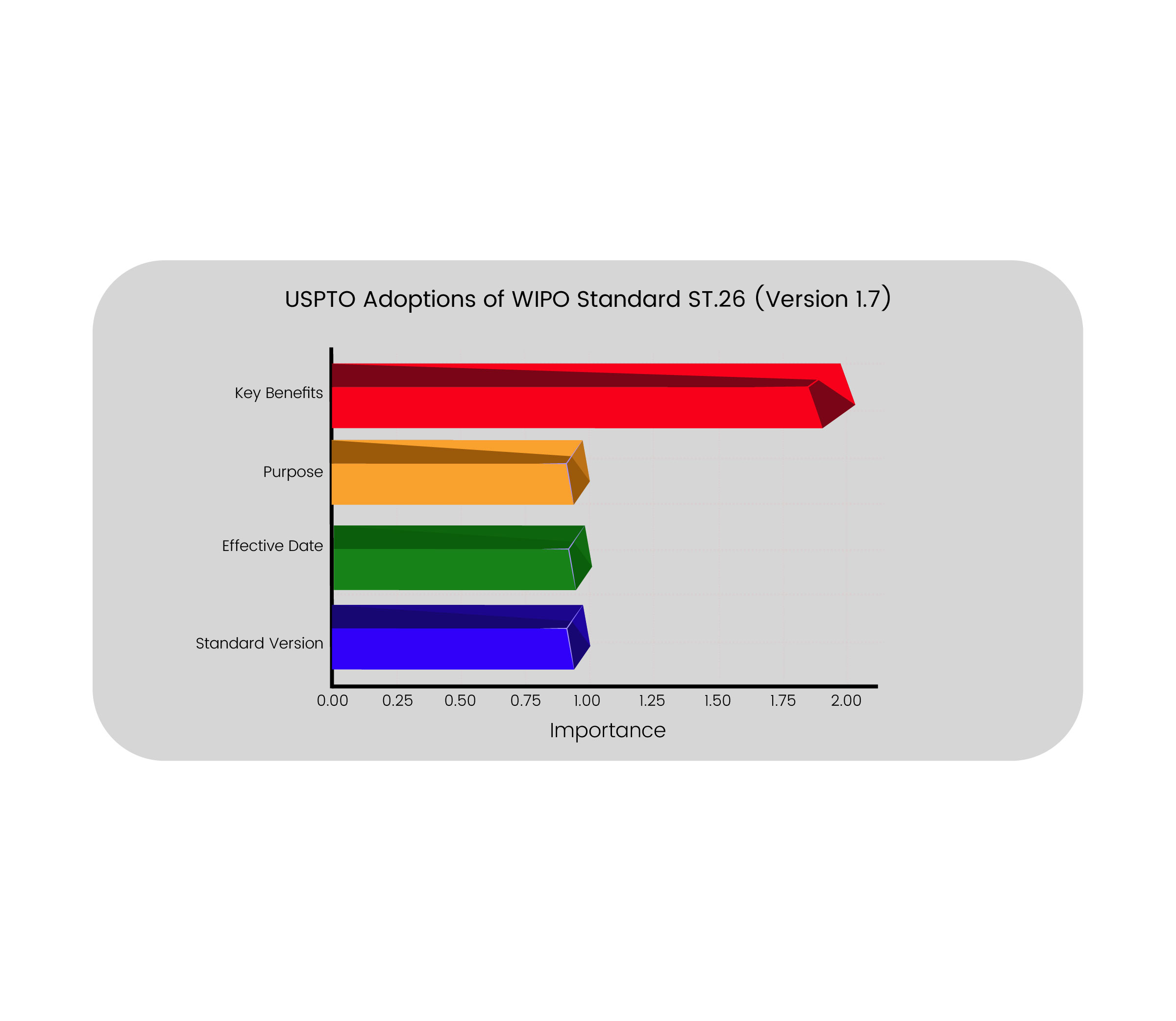
Is the meticulous process of preparing a comprehensive description of an invention, accompanied by legal claims that delineate the scope of protection sought. This process ensures that the invention is clearly and thoroughly documented, facilitating its understanding and evaluation by patent examiners and the public.
These provide a preliminary filing date and allow inventors to use the term "patent pending." They are less formal and do not require claims.
These are formal applications that begin the examination process and must include claims defining the invention's scope.
Filed under the Patent Cooperation Treaty, these applications facilitate seeking patent protection in multiple countries through a single application.
Adhering to the United States Patent and Trademark Office (USPTO) guidelines is crucial for a successful patent application. For inventions involving nucleotide and amino acid sequences, the USPTO mandates the inclusion of a sequence listing in a specific format, as detailed in 37 CFR § 1.821. Compliance with these requirements ensures that the application is complete and facilitates the examination process.
The U.S. Patent and Trademark Office (USPTO) has adopted version 1.7 of the World Intellectual Property Organization (WIPO) Standard ST.26, effective July 1, 2024. This standard is integral for disclosing and submitting amino acid and nucleotide sequence listings within patent applications, ensuring greater consistency in technical terminology and enhancing the descriptions of such sequences.
